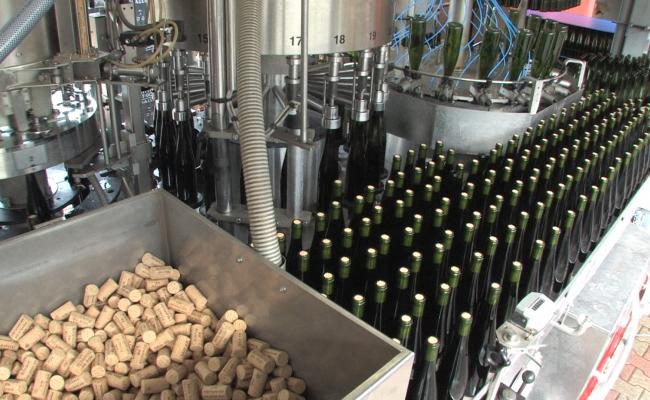Step 1
The harvest

The harvest
After the harvest, the grapes pass through a crusher to burst the berries which are then pressed in horizontal or bladder presses to carefully extract the juice. After pressing the grapes, the juice (must) is stored in vats depending on the grape varieties and initial parcels.






